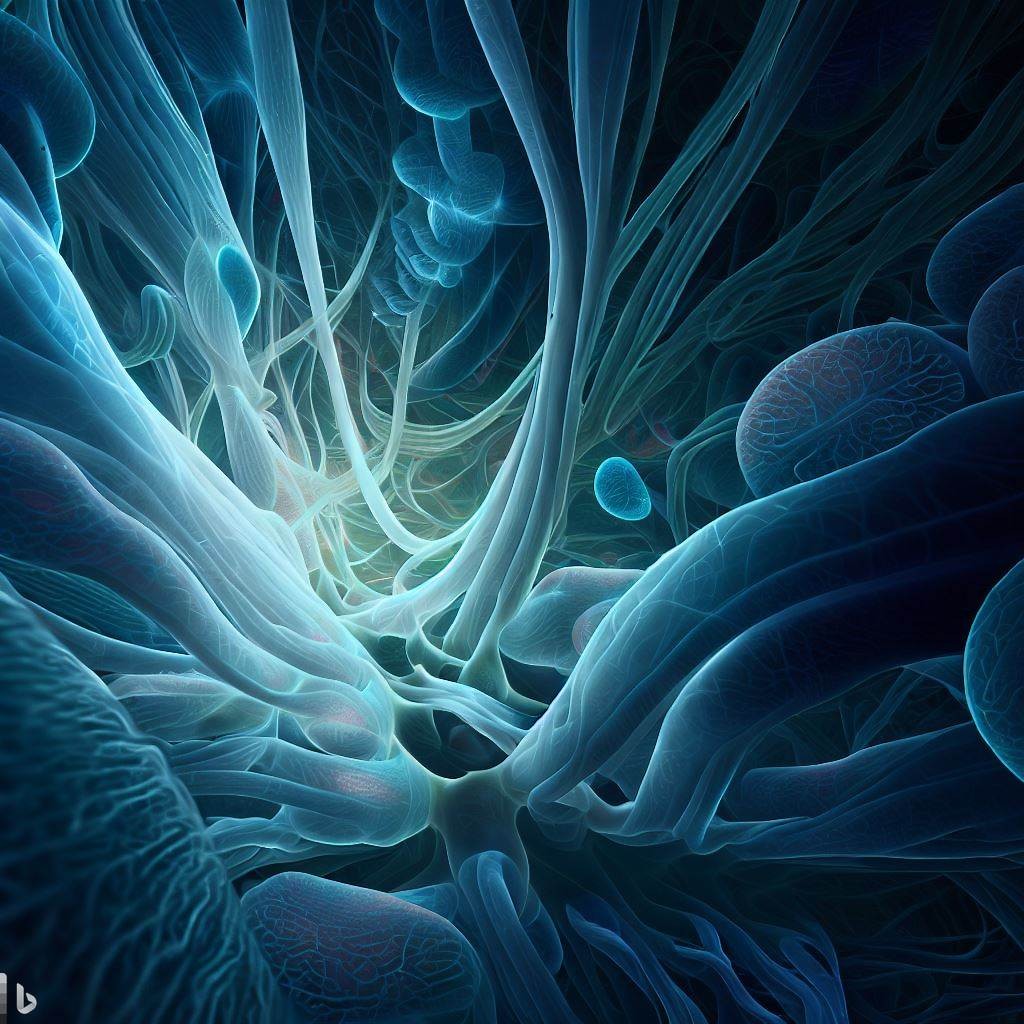


Organization of the
organism is one of the topics in the syllabus of Cambridge IGCSE Biology
(0610), which is an international qualification that helps learners to
understand the biological world and develop practical
skillshttps://www.cambridgeinternational.org/Images/414443-2020-2021-syllabus.pdf.
• The topic covers the following subtopics:
characteristics and classification of living organisms, organisation of the
organism, movement in and out of cells, biological molecules, enzymes, plant
nutrition, human nutrition, transport in plants, transport in animals, diseases
and immunity, gas exchange in humans,
respirationhttps://www.cambridgeinternational.org/Images/414443-2020-2021-syllabus.pdf.
• The topic requires learners to describe and
compare the structure and function of different types of cells (plant, animal,
bacterial), tissues (epithelial, muscular, nervous), organs (leaf, heart,
kidney) and organ systems (digestive, circulatory, respiratory) as seen under a
light microscopehttps://www.cambridgeinternational.org/Images/414443-2020-2021-syllabus.pdfhttps://cdn3.savemyexams.co.uk/uploads/2019/04/2-Organisation-of-the-organism-Topic-Booklet-1-CIE-IGCSE-Biology.pdf.
• The topic also involves understanding how
substances move across cell membranes by diffusion, osmosis and active
transport; how biological molecules are synthesised and broken down by enzymes;
how plants make and use food by photosynthesis and respiration; how humans
obtain and use food by digestion and absorption; how water and mineral salts
are transported in plants by xylem and phloem; how blood transports oxygen,
carbon dioxide, nutrients and waste products in animals; how diseases are
caused by pathogens and how the immune system defends the body; how humans
exchange gases with the environment by breathing and ventilation
Cells
The smallest structural
and functional unit of an organism is the cell. Cells are the basic building
blocks of all living things, and they come in a wide variety of shapes and
sizes. All cells have a plasma membrane, which surrounds the cell and controls
what goes in and out. Inside the plasma membrane is the cytoplasm, which is a
jelly-like substance that contains all of the cell's organelles. Organelles are
tiny structures that carry out specific functions within the cell. Some common
organelles include the nucleus, which contains the cell's DNA; the
mitochondria, which produce energy; and the ribosomes, which make proteins.
Tissues
A group of cells with
similar structures working together to perform a shared function is called a
tissue. There are four main types of tissues in animals: epithelial tissue,
connective tissue, muscle tissue, and nervous tissue. Epithelial tissue covers
the surface of the body and lines the organs and cavities. Connective tissue
supports and protects the body's organs and tissues. Muscle tissue allows the
body to move. Nervous tissue carries messages from the brain and spinal cord to
the rest of the body.
Organs
A structure made up of a
group of tissues, working together to perform specific functions is called an
organ. Some common organs in animals include the skin, the heart, the lungs,
and the stomach. The skin protects the body from the environment. The heart
pumps blood throughout the body. The lungs allow the body to breathe. The
stomach breaks down food.
Organ Systems
A group of organs with
related functions, working together to perform body functions is called an
organ system. Some common organ systems in animals include the digestive
system, the respiratory system, the circulatory system, and the nervous system.
The digestive system breaks down food and absorbs nutrients. The respiratory
system allows the body to breathe. The circulatory system transports blood
throughout the body. The nervous system controls the body's movements and
responses.
Examples
Here are some examples
of how the different levels of organisation work together in an organism:
Subtitle
The subtitle for this
topic is "The Organisation of the Organism." This subtitle reflects
the fact that all living things are made up of cells, tissues, organs, and
organ systems that work together to perform the functions necessary for life.
0 comments